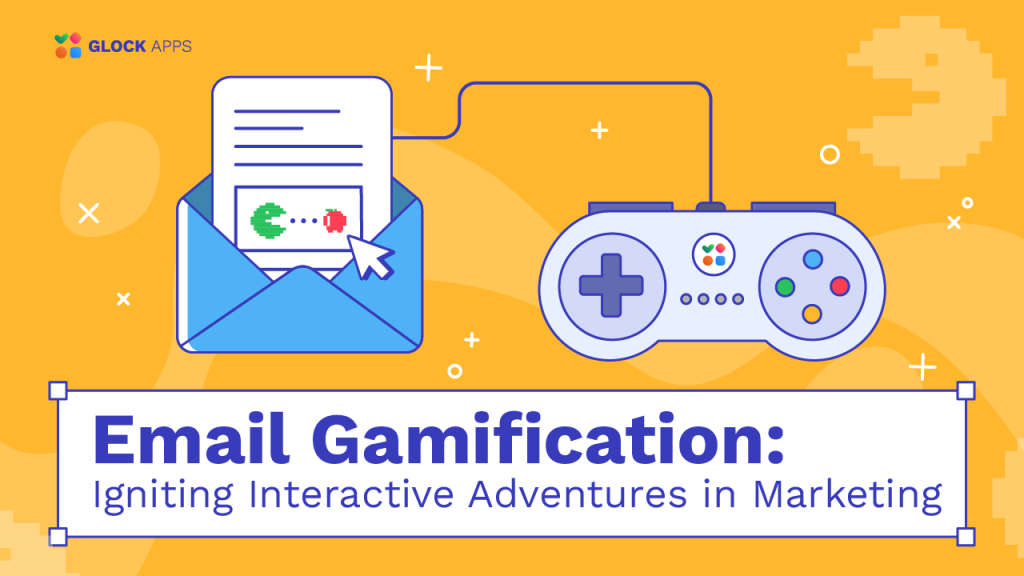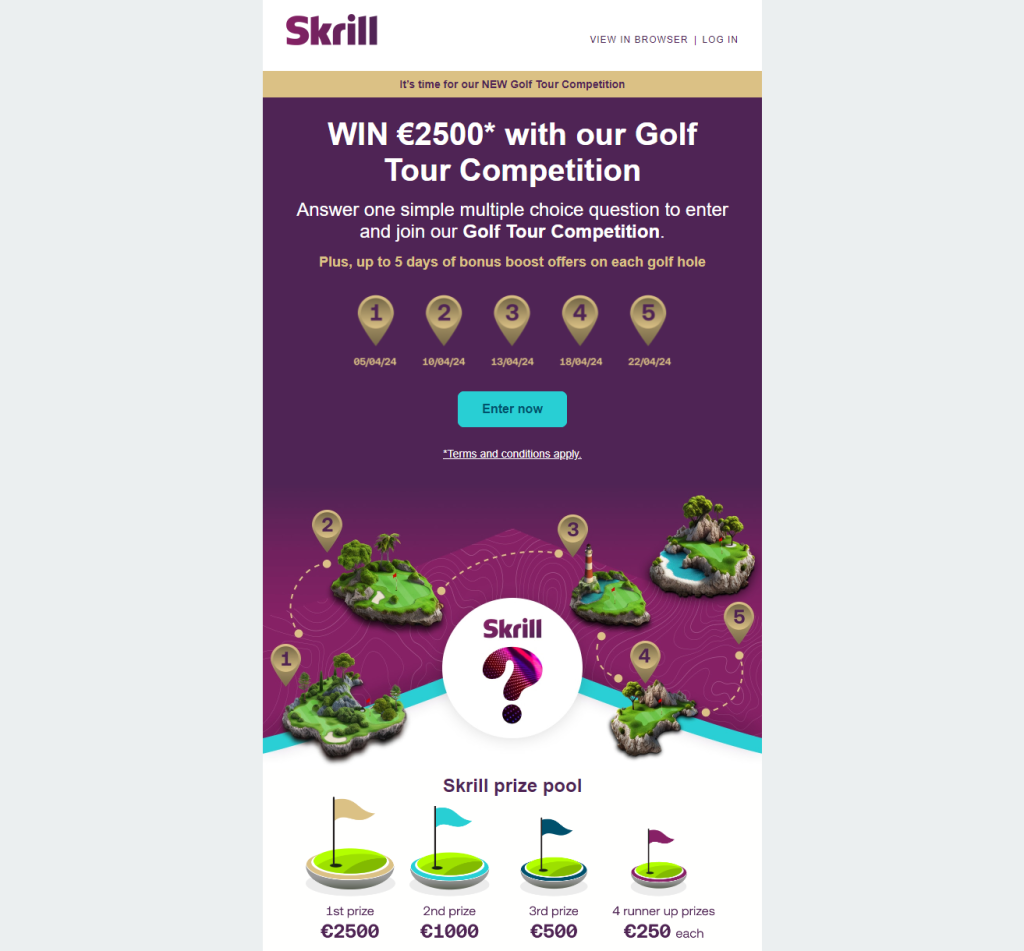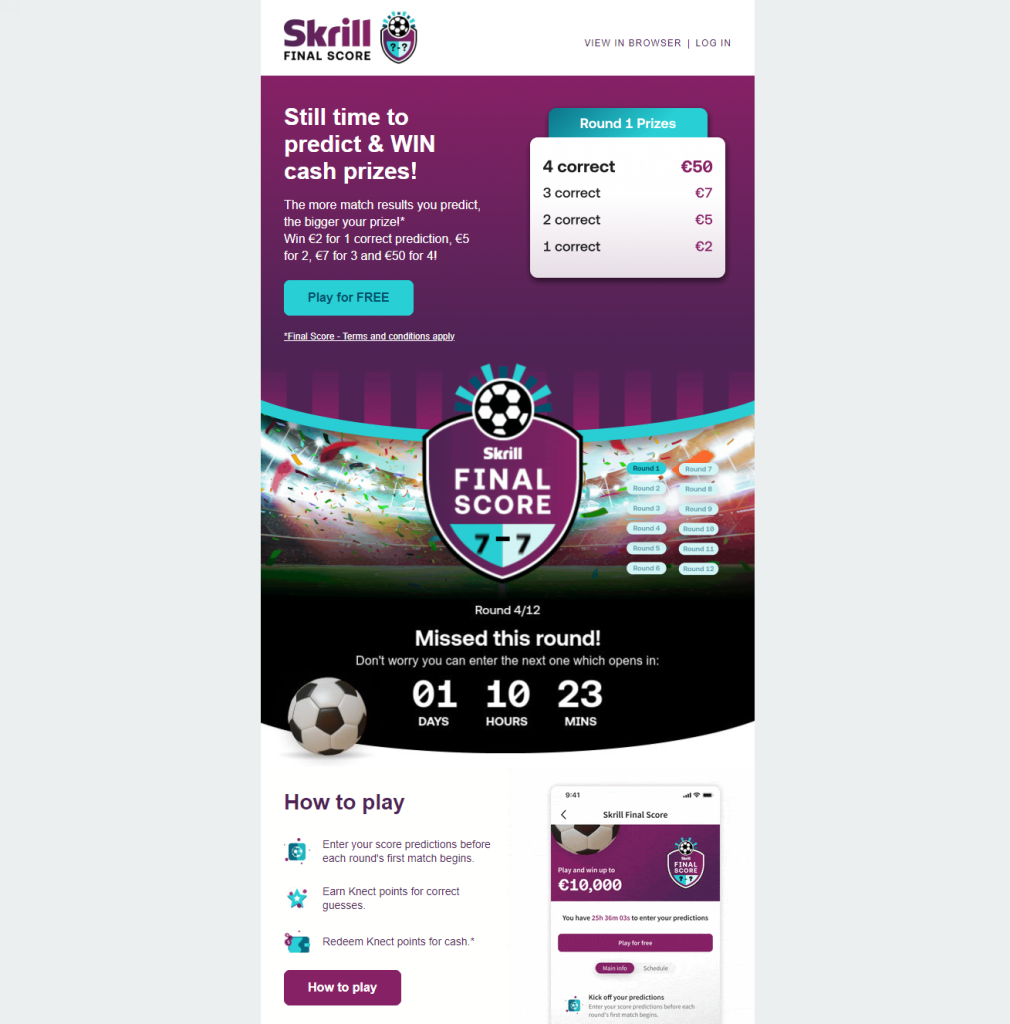Email Gamification: Igniting Interactive Adventures in Marketing

Estimated reading time: 7 minutes
Introduction to Email Gamification
Email gamification applies game mechanics to an email marketing campaign to make it both more interactive and engaging. Employing the inherent human love of play and competition as a mechanism to drive engagement and marketing effectiveness, email gamification has emerged to envelop everything from interactive quizzes and spin-to-win wheels to virtual scratch cards.
Key Benefits of Email Gamification
1. Higher Involvement.
A simple way of making a gamified email campaign more interactive is to ask the end-user to participate in it. When subscribers are required to interact with the campaigns in the form of quizzes, puzzles or even simple decision-making games, they are more likely to engage with it. This helps keep the audience involved and also gives a much-needed boost to important key performance indicators such as open rates and click-through rates. Remember, you don’t need your audience to ‘solve’ anything. Simply making them decide between two options is enough to involve them in your campaign.
2. Improved Customer Retention.
By incorporating a sense of fun and wonder into an otherwise unvaried routine of receiving emails time and again, gamification allows the brand to create ongoing anticipation about what they might receive next. Consistent gamified delivery of engaging content can help to create an ongoing sense of excitement around a company’s emails each time a subscriber opens the dial to receive their mail. This increased engagement helps to forge an emotional connection between the subscriber and the brand, which in turn significantly increases the chances for future retention. For brands making personalized recommendations to their users, gamified dialing that accounts for a customer’s previous history of likes or retweets could further amplify these effects.
3. Higher Conversion Rates.
By incentivizing user interaction with rewards, such as discount codes, free offers or access to unique content, gamified emails can turn every user interaction into a possible lead conversion. For instance, a game like a discount or a special bonus for the completion, can potentially prompt customers to make a purchase right at that moment. The implied reward adds a psychological effect to the offer, making it sound more tempting and favorable, which might ultimately lead to an increase in sales. Overall, the higher level of interaction promotes a greater return on investment for marketing efforts.
4. Gamification differentiates a brand’s emails from its competition.
Gamification can help to differentiate a brand’s emails from the ocean of generic email marketing, not only by making the email more attractive but also by showcasing its creativity and customer-centricity. Differentiation is essential in engaging a consumer in a world where attention is scarce and today’s consumer receives thousands of marketing messages per day. Furthermore, games can be used to subtly but tangibly communicate a brand’s values, be it an emphasis on innovation or customer satisfaction.
With these in mind, companies can bring their gamified strategies closer to creating actual value for their business.
How to Implement Email Gamification
Using it in email marketing is a question of finding the ability to mix creativity and practicality in order to attract subscribers and convert them into users willing to engage with your content. Which game to choose will depend on personal taste and how things work for your audience. Gamification doesn’t have to be complicated, it can be as simple as a wheel of fortune or a quiz. While these can certainly be fun, more complex games could also be considered.
By making the mechanics so simple, you can ensure a high level of participation. If we complexify the mechanics, people won’t play the game because they don’t want to engage in something that’s not easy to subscribe to. So simplicity is the key.
Appealing non-monetary rewards are often tethered to motivating users to participate in the game. Depending on your audience, rewards could be in the form of a discount code, free shipping, entry into another raffle or access to more exclusive content. It should be something that would add value on a deeper level for your audience, making the game attractive and more valuable for users.
When you consider how many people read their emails on mobile phones and tablets, it has to be a priority to make sure that your gamified emails will work well on them. This means that each of the interactive features of the email should be responsive, and work well on whatever device is sending or receiving them, and whatever size screen that device has. Make sure your emails not only look good on different platforms but also that they are delivered properly with the help of GlockApps spam testing solution.
Even before sending your gamified email out into the world, careful testing and feedback collection is required. On a technical side, this ensures no functionality or usability issues will impair the experience. Testing on different platforms and devices makes sure that the gamified email is accessible across all possible media your subscribers might use to check their emails. Initial feedback can also provide insights into how the gamified content is perceived by users, which can allow for changes to make the game more effective.
By executing these approaches with precision, marketers can achieve a successful insertion of gamification into their send campaigns that transition run-of-the-mill promotional content into interactive game-like experiences for subscribers, which will drive deeper engagement and longer brand relationships.
Real-World Examples and Applications
Some of the email gamification implementations with successful metrics are quizzes inside the email where the end user can win discounts if they get answers to certain questions correctly. Another implementation is spin the wheel where subscribers spin once they open the email and can instantly win prizes or discounts. These have been used by some brands like Pizza Hut, Logitech, Skrill and others to increase brand engagement (and moreover the overall outcome of marketing activity).
Let’s look at some real-life email gamification examples:


Conclusion
Email gamification is a powerful technique to add a fun personality to your marketing emails while increasing effectiveness. Users nowadays are more accustomed to interactivity and entertainment, and gamifying email brings that into the equation. This fosters greater user engagement, which leads to better marketing outcomes. Bringing the joy of play to your next email campaign can help add appeal, so it stands out from all the other messages floating around in someone’s inbox. It not only helps showcase the brands in a way that’s likely to leave a memorable impression on the recipient but also helps a ton in the much more grunt-worthy tasks of brand awareness and customer conversion. Don’t forget to test your fun emails before sending them out!
FAQ
Email gamification involves integrating game mechanics into email marketing campaigns to make them more interactive and engaging, utilizing elements like quizzes, spin-to-win wheels, and virtual scratch cards.
Key benefits include higher user involvement, improved customer retention, increased conversion rates, and the ability to differentiate a brand’s emails from competitors, all contributing to more memorable marketing.
Rewards in gamified emails can vary from discount codes, free shipping, or access to exclusive content, depending on what would add the most value for the target audience and encourage their participation.
You can implement gamification by incorporating simple interactive games like quizzes or more complex challenges, ensuring that these are easy to engage with and are compatible across different devices, especially mobiles, to maximize participation.



